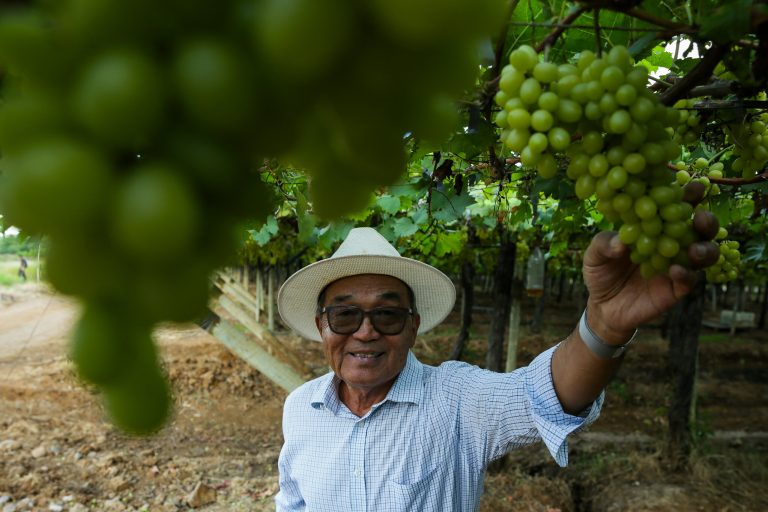Juazeiro – Suemi Koshiyama was born in Japan and moved to Brazil with his family in 1960, when he was five. Then in 1983 the farmer left Mogi das Cruzes, São Paulo state, and in a partnership with the Cotia Agricultural Cooperative, settled in the São Francisco Valley. He left the electric energy in São Paulo for the gas lamp in the Sertão, a region that was just starting to grow as a fruit producer due to incentives from the São Francisco and Parnaíba Valley Development Company (Codevasf).
Read more:
São Francisco Valley: Fertile ground for exports
Brazil’s fruit exports hit record high, Arabs buy more

Koshiyama’s venture would become Special Fruit, one of the companies in the São Francisco Valley that produces and exports mangoes, grapes and melons. “Every day of the year we harvest fresh grapes. This only happens here, in the São Francisco Valley. It’s a privilege from the climate and water of the São Francisco River. This has made Juazeiro and Petrolina some of Brazil’s biggest grape and mango exporters to the whole world,” says the entrepreneur. Like the grapes, mangoes in the São Franciso Valley can be harvest the whole year round.
The company has 1,100 hectares of fruit trees planted across five farms. In 2003, it grossed BRL 300 million [USD 58 million], with 70% of it being from exports to 36 countries. According to export manager Joney Rodrigues, 39% of the Special Fruit’s exports are bound to Europe and 20% to North America.
Middle East receives 9% of the exports, which are on the rise. The company has the United Arab Emirates as a major client. Koshiyama says most UAE-bound shipments are via major supermarket chains, which is a residual consequence from the pandemic, when only supermarkets were open, and they started buying directly from the farms. This change in the buyer profile has also forced companies to expand production processes and certifications.
Special Fruit, like others mango growers in Brazil, faces competition from countries that are closer and produce more, though. Peru, for example, is a major competitor in the mango market late in the year, when its crops reach Europe at lower prices. Europe itself grows mangoes. The Spanish crops, for example, supply the continent during a portion of the year. Although it has availability of fruits across all months, Brazil has to find market opportunities to sell.
Brazilian fruits face harsh competition in UAE
The ideal export window to the Arabs, Rodrigues explains, is August through October, when producers in Africa like Senegal and Costa do Marfim are no longer harvesting mangoes.
Another challenge is the shipping time. By sea, says Rodrigues, is virtually impossible to export mango to the Middle East as the fruit can go bad before the delivery time of 35 to 40 days from Brazil. Grapes are a bit more resistant, as unlike mangoes, they stop ripening as soon as they are harvested.
“The shipping time to the Middle East is 35 to 40 days. For mangoes this is unfeasible, while for grapes it’s on the edge. High-value markets, particularly for mango exports, are by air. This is the shipping method we pursue to export to the Middle East and Asia,” says Rodrigues.
The journalist traveled by the invitation of CNA
Translated by Guilherme Miranda




